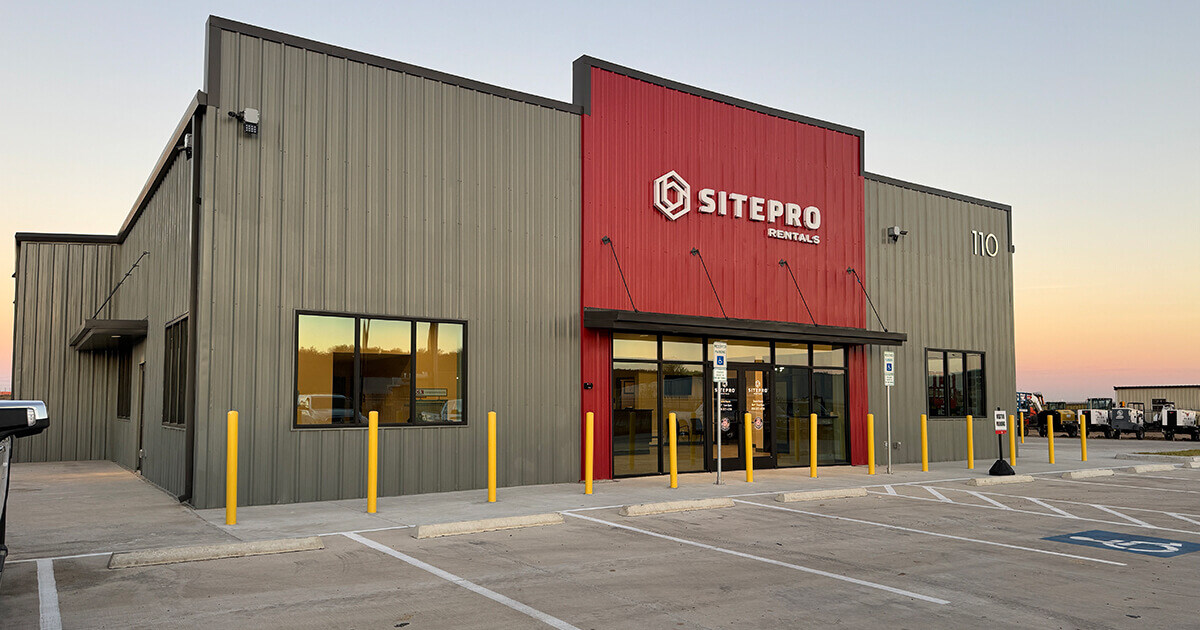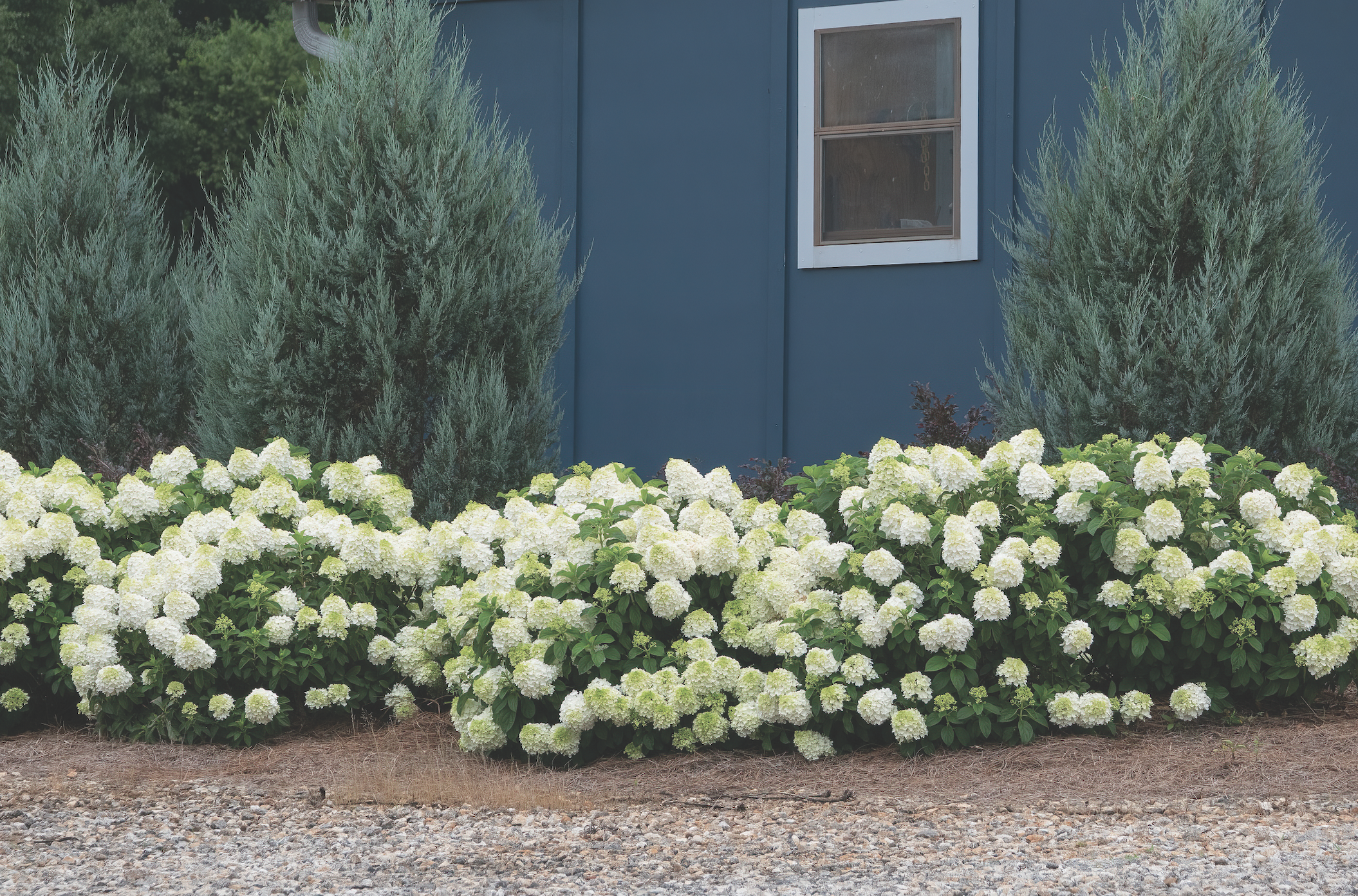SitePro™ Rentals Grows Footprint in South Texas
SitePro™ Transitions to Expanded Facility to Better Serve Equipment Rental Customers Dallas, TX (January 10, 2025)—SitePro™ Rentals announced the...
Native Forest Nursery is Finding New Ways
to Cope with an Increase in Demand
Environmental restoration initiatives are spreading throughout the world, led by prominent influencers, non-profit groups, and big businesses launching plans to fight climate change. A popular answer on combating carbon dioxide emissions: plant more trees. It is the cheapest way to cut down on CO2 in the atmosphere, and dozens of tree-planting initiatives are ongoing nationwide. The trend is forcing horticulturists to make big changes.
Plants and trees are in drastically short supply, and growing materials are selling at roughly 20% higher prices (compared to 2020). The aftershocks of the COVID-19 pandemic and the winter freeze that hit the south at the beginning of 2021 have formed a recipe for trouble. But according to leaders of Native Forest Nursery in Chatsworth, Georgia, shortages have been a long time coming. Especially for traditional bare root trees.
 Bare Root Seedlings
Bare Root Seedlings
Native Forest Nursery started producing trees in 2008. At the time, the plant material grown at the nursery was intended for clients within the industry. Products ranged from oak varieties, to pines, and even fruit trees, all native to the region. Today, Native Forest continues to provide more than 100 different native species in multiple forms, but is shipping to clients across the country.
“It's been a drastic turn. We're seeing demand and request for material that we had not seen these past 10 years and the annual sales continue to grow” says Native Forest Nursery’s business development manager Cole Williams.
The team has worked with environmental groups including “Restore the Earth Foundation” and helped initiatives to plant hundreds, even thousands of trees in short time frames. The nursery has had to restructure its traditional operations to keep up with this demand, and overcome seed sourcing challenges. The roughly 12 full time and 30 part time staffers now largely focus on creating new root development and growth tactics.
“We don't typically deal with people wanting to do these carbon initiatives and all these big projects,” says Cole. “We have all these different groups starting to pop up from a variety of industries, whether in the environmental sectors like coal mining fields, or businesses joining carbon sequestration initiatives. It is becoming what we cater to.”

 The team is focused on developing seed orchards on the property to provide seed from which to grow their crops, and even renting space at local nurseries to start growing products years in advance. Native Forest Nursery is also researching other alternatives to the traditional seeding process, like growing container trees. This year they’ve potted over 230,000 container trees, a steep climb from the 60,000 potted several years ago. They often use container trees to fulfill cross country orders.
The team is focused on developing seed orchards on the property to provide seed from which to grow their crops, and even renting space at local nurseries to start growing products years in advance. Native Forest Nursery is also researching other alternatives to the traditional seeding process, like growing container trees. This year they’ve potted over 230,000 container trees, a steep climb from the 60,000 potted several years ago. They often use container trees to fulfill cross country orders.
“If you were to find a container tree up north, you pay a lot more than what you would pay down south. So believe it or not, our target market is for people up north. Planting container trees is more successful for us than planting a bare root tree, due to more stabilized root structures.”
Another, less popular practice, is using air pruning containers. These containers have large slits around the side walls, instead of being enclosed or having small openings on the bottom. Air pruning helps the trees grow stronger root systems and grow faster. The Native Forest team worked with horticulture researchers to incorporate the air pruning idea.
“Many nurseries don't like air pruning containers because you have to water the plants vigorously. They dry up a lot faster than they would in a sealed container. The containers are also more expensive, but the increased survival growth speaks for itself.”
Other challenges contributing to Native Forest’s plant shortage challenges are lack of workers to manage the thousands of trees in the fields. Native Forest utilizes H2A and H2B migrant worker programs to help. Cole thinks the workforce is shrinking as the younger generation launches careers in other fields, like technology.
"I don't think there's just very many people out there that are interested in selling seed. It is not a very well known industry, nor is it always very lucrative.
But it is super important & helps our society grow."
Cole says despite labor challenges, the team will continue developing solutions to the biggest challenge facing their business: seed.


Native Forest Nursery
11306 Hwy 411 S., Chatsworth, GA 30705
Phone: (706) 483–3397
Email: sales@nativeforestnursery.com
www.nativeforestnursery.com

SitePro™ Transitions to Expanded Facility to Better Serve Equipment Rental Customers Dallas, TX (January 10, 2025)—SitePro™ Rentals announced the...

Flowers that Beat the Heat in the U.S. South & West

In my previous articles, I shared a definition of “change management” and helped you with the first steps you need to take to successfully implement...